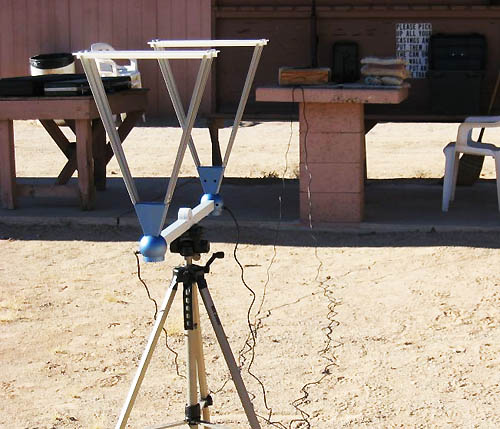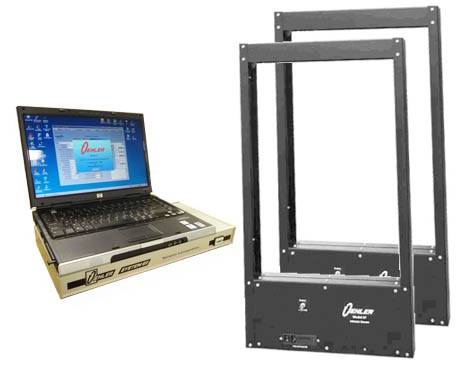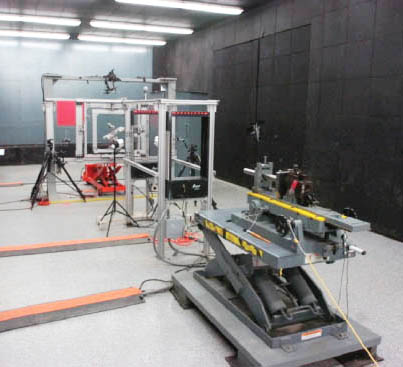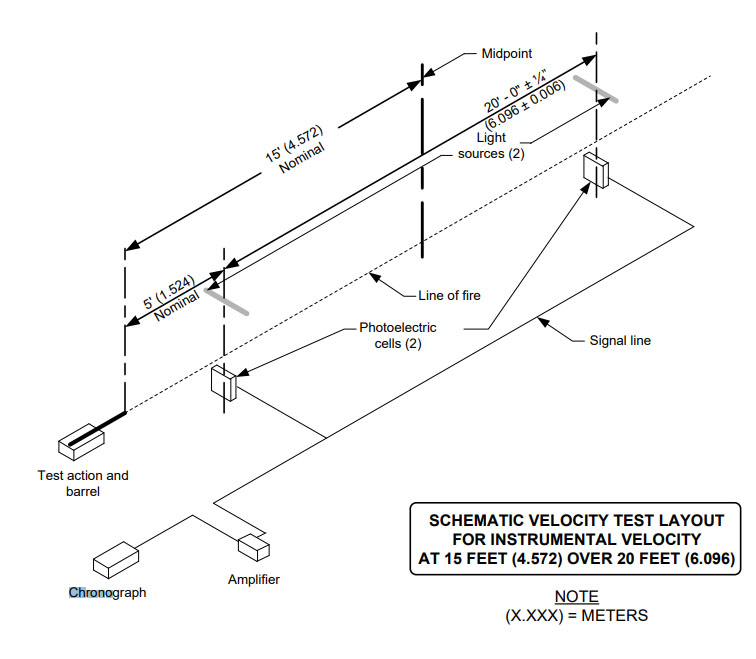Introduction
There are over 840 commercial cartridges produced for the 55+ different calibers in our handgun database. On the average that is over 15 different cartridge variations for a given caliber. In order to calculate our various gun rankings we needed to find the best single representative cartridge to use for each caliber. Our article Selecting a Representative Cartridge details our selection process.
Muzzle Velocity (MV)
Muzzle velocity is defined as the speed of a projectile (the bullet) as it leaves the muzzle of the barrel of the firearm from which it is fired. Typically, it is an empirical value, meaning that it is actually measured with some type of instrument. An industry-standard instrument for taking this measurement is an optical chronograph. This is a device that is placed just in front of the tested firearm which measures the time it takes for the projectile to pass between two optical sensors that are placed a specific distance apart from each other. An optical chronograph consists of optical sensors, high speed electronic circuitry and a computer for calculating velocity based on the sensor data.
As empirical as this measurement may be, there are two things to note.
1) Measurements rely on the accuracy of the test equipment. This includes not only the equipment itself (i.e. the sensitivity of the optical sensors, the placement of the sensors, the speed of the supporting electronics, the precision of the velocity calculator, etc.) but also the environment (whether measurements are taken in the field versus in a lab, for instance).
2) Muzzle velocity is not measured at the muzzle of the barrel. The projectile’s velocity is actually measured several feet away from the muzzle of the barrel. This distance can vary based on the particular type of optical chronograph used, and where it is placed in front of the firearm.
Shown below is the M2 Chronograph by Competitive Edge Dynamics.


This chronograph is typically used in the field for calculating muzzle velocities at IPSC, IDPA and other competition pistol matches. The optical sensors of this chronograph are just two feet apart from each other and the sensors are placed anywhere from seven to twelve feet in front of the firearm. All things considered this means that the projectile must travel as far as fourteen feet from the muzzle before a measurement is taken. Also, the distance between sensors is relatively short, meaning that the measuring electronics has a small time-versus-distance factor to calculate velocity. This can affect the chronograph’s accuracy.
On the other hand, the ballistics standards organization SAAMI (Sporting Arms and Ammunition Manufacturers’ Institute) uses industrial systems such as infrared photoelectric screens from Oehler Research for sensors and quartz-based high-speed counters from Electronic Counters, Inc. for measuring time, or other equivalent laboratory-class industrial equipment. Also, they take measurements in a highly controlled lab environment.
Shown below are SAAMI’s test equipment, environment and parameters for measuring muzzle velocity.



In most cases muzzle velocities for cartridges listed in our database are derived from SAAMI empirical measurement data. We say derived because muzzle velocity is affected by the length of the barrel that the cartridge is fired from. SAAMI uses test barrels of a specific length for a given caliber/cartridge type which in some cases is different from actual barrel lengths for handguns in our database. In such cases we must compensate for the difference between test barrel lengths and actual handgun barrel lengths. See our article on Muzzle Velocity versus Barrel Length for how we compensate for differences in barrel lengths.
Muzzle Energy (ME)
Muzzle energy is a calculated value based on the fundamental kinetic energy equation:
KE (in joules) = ½ mv2
where:
m = mass (in kilograms)
v = velocity (in meters per second)
Add in the conversion factors for having mass in grains, velocity in feet per second and energy in foot-pounds and you get:
ME (in ft/lbs) = mv2/K
Where:
m = mass (in grains)
v = velocity (in feet per second)
K = the conversion constant 450,400
It uses the measured muzzle velocity and mass of a given projectile.
Power Factor (PF)
The Power Factor is a measure of the momentum of the bullet when fired from a particular handgun. It is generated by multiplying the bullet's muzzle velocity times the bullet's mass.
PF = mv x gr
Using bullet mass in grains and muzzle velocity in feet per second the resulting unit of measurement is actually "Grain feet per second" (gr·ft/s).
Power factor is a ranking system used in competitions sanctioned by the International Practical Shooting Confederation (IPSC), United States Practical Shooting Association (USPSA), Bianchi Cup, Steel Challenge and International Defensive Pistol Association (IDPA).
Taylor KO Factor (Taylor Knock Out Formula-TKO)
Developed by 20th century big-game hunter and ivory poacher named John Howard "Pondoro" Taylor in the 1940's. Meant to calculate the effectiveness of solid big-bore bullets, Taylor used this formula to make the point that big-bore bullets were more effective at stopping larger game than the lighter and faster bullets available at that time. His formula is an empirical one and is defined as:
TKO = (m*v*d)/7000
where:
m = Mass of the bullet in grains
v = velocity of the bullet in feet per second
d = diameter of the bullet in inches.
The dividing by 7000 is because his formula converts grains to pounds (1 pound = 7000 grains).
The TKO obtained by this equation is a dimensionless number, as there isn't really a science behind it and it is merely a figure of merit for comparing different cartridge types. A higher TKOF value indicates better stopping power for the cartridge.